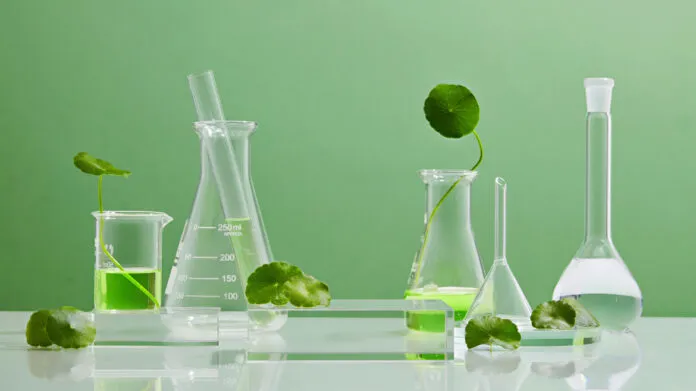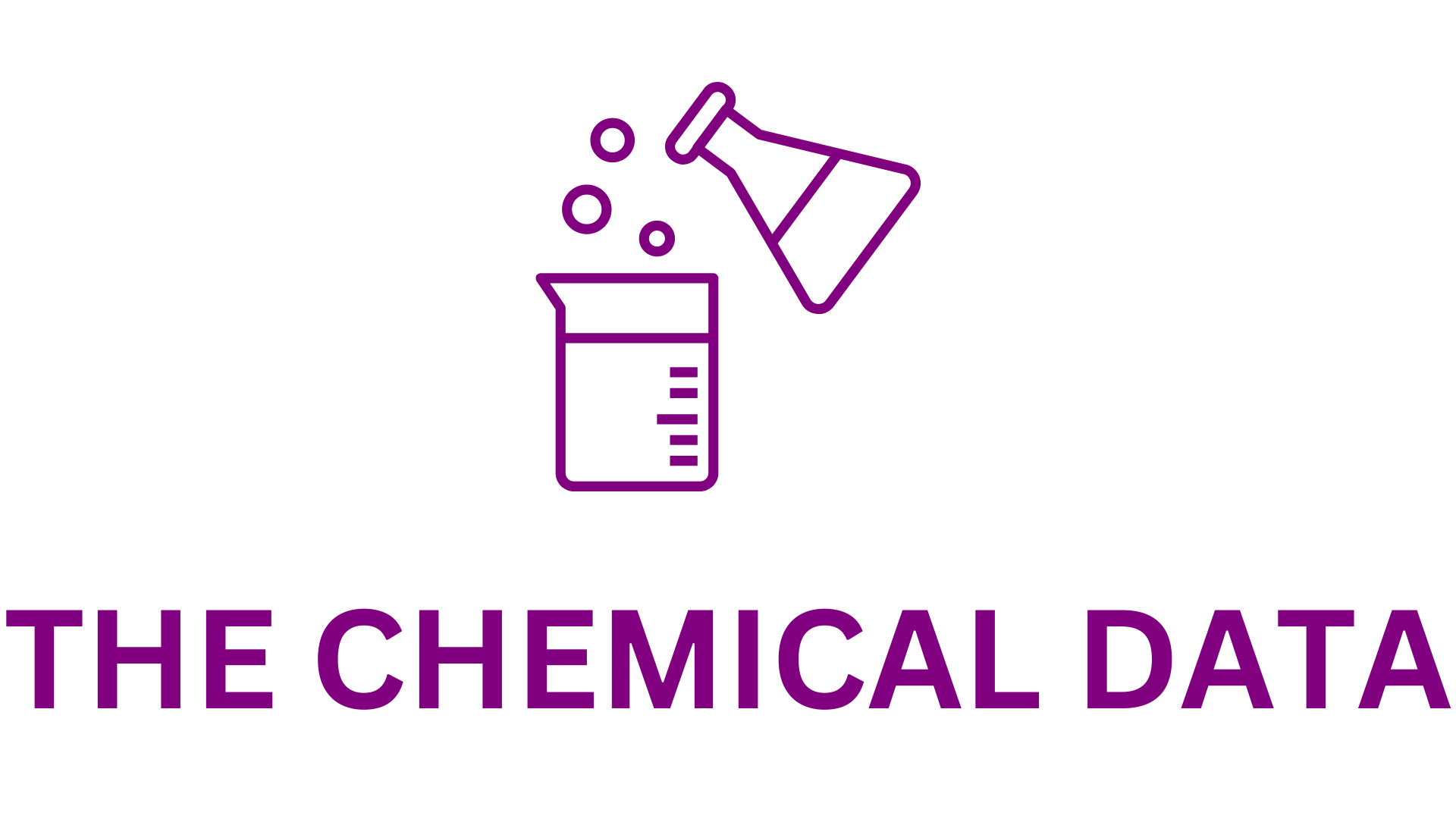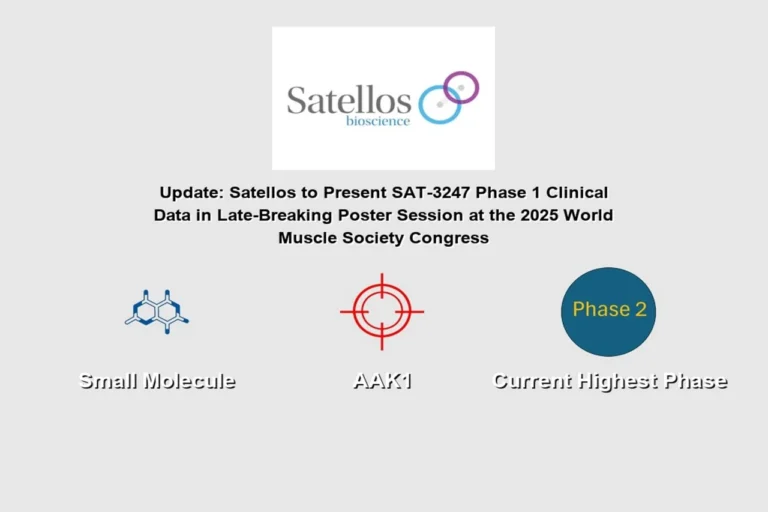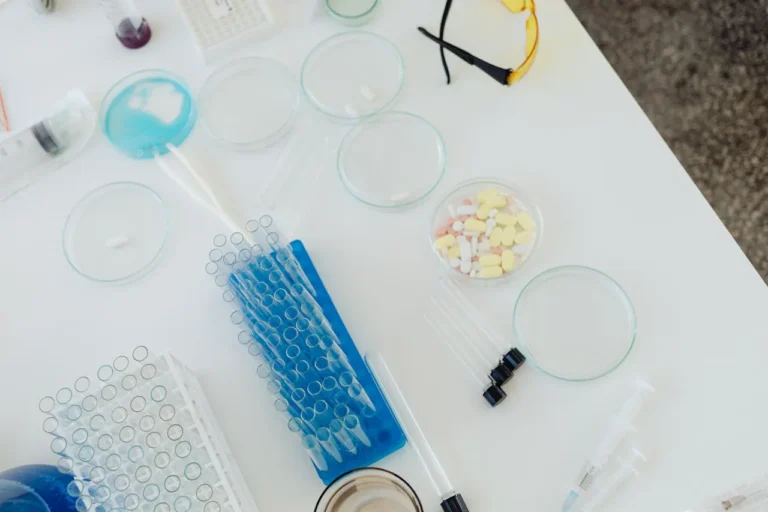
Bio-Succinic Acid Market Outlook 2025-2030: Green Chemistry Drives Growth in U.S. and Europe
Executive Summary: The global bio-succinic acid market is undergoing a transformative phase, spurred by a worldwide push toward sustainability and green chemistry. Valued at approximately US$147.67 million in 2024, the market is projected to more than double, reaching US$311.39 million by 2030. With increasing demand for environmentally friendly alternatives to petrochemical-based products, bio-succinic acid—produced through fermentation of renewable biomass—emerges as a promising solution across various industries including bioplastics, pharmaceuticals, and personal care. The market is forecasted to grow at a compound annual growth rate (CAGR) of nearly 13% from 2025 to 2030.
- Introduction to Bio-Succinic Acid: Bio-succinic acid is a four-carbon dicarboxylic acid derived through microbial fermentation using renewable feedstocks such as glucose, starch, or agricultural residues. It serves as a sustainable substitute for its petroleum-based counterpart in producing numerous value-added chemicals and materials. As the world increasingly focuses on reducing its carbon footprint, bio-succinic acid plays a vital role in this transition, offering biodegradability, lower greenhouse gas emissions, and versatility in applications.
- Market Drivers: Several key factors are driving the growth of the global bio-succinic acid market:
- Surging Demand for Bio-Based Plastics: Industries like packaging, automotive, and consumer goods are moving toward bioplastics due to mounting regulatory pressure and growing consumer awareness.
- Advancements in Bioengineering: Improved fermentation and downstream processing technologies are enhancing yield, reducing costs, and making commercial production more viable.
- Governmental Support: Policies and incentives aimed at promoting green chemistry and bio-based solutions, particularly in the European Union and North America, are encouraging market adoption.
- Corporate Sustainability Goals: Corporations are increasingly adopting ESG (Environmental, Social, Governance) frameworks, and bio-succinic acid fits into many such sustainability initiatives.
- Market Segmentation Analysis:
3.1 By Process Type: The ammonium sulfate process dominates the market due to its relatively straightforward methodology and lower energy requirements. This process supports high yield and cost-effectiveness while complying with eco-friendly regulations. As industries prioritize sustainability, the process is likely to remain the preferred choice.
3.2 By Application: Among various applications, bio-based 1,4-butanediol (BDO) stands out due to its role in the production of plastics, elastic fibers, and solvents. Increasing demand in automotive, electronics, and textile sectors has amplified the market for bio-based BDO. Enhanced R&D in microbial production further supports the segment’s expansion.
3.3 By End-User: The industrial segment holds the largest share, largely attributed to the growing adoption of bio-based intermediates in manufacturing processes. Applications range from coatings, adhesives, and polyurethanes to packaging materials. With advancements in scalable technologies and a shift toward eco-conscious raw materials, the industrial use of bio-succinic acid is expected to expand significantly.
- Regional Analysis:
4.1 Europe: Europe remains the market leader in 2024, driven by stringent environmental legislation and early adoption of green chemistry. The region benefits from strong policy support, advanced infrastructure, and the presence of leading bio-succinic acid producers. Initiatives such as the European Green Deal and circular economy action plans have accelerated the market’s growth.
4.2 North America: The U.S. is projected to lead the North American market from 2025 to 2030. The combination of government policies supporting renewable energy, consumer demand for green products, and established manufacturing infrastructure fuels this growth. Key industrial sectors such as packaging, food & beverage, and automotive are significant drivers in the region.
4.3 Asia Pacific: Asia Pacific presents lucrative opportunities due to the increasing industrialization and urbanization in countries like China and India. Although still emerging, bio-succinic acid production in the region is bolstered by favorable government initiatives and growing environmental awareness.
4.4 Rest of the World: Regions such as Latin America, Africa, and the Middle East are gradually adopting bio-based chemicals. As global pressure mounts to reduce carbon emissions, these regions are expected to invest in local bio-manufacturing capabilities.
- COVID-19 Impact:
5.1 Immediate Impact: The pandemic initially disrupted global supply chains and slowed down production due to lockdowns and reduced workforce availability. However, the health crisis also underscored the need for resilient and sustainable supply chains.
5.2 Post-COVID Recovery: Post-pandemic, there is a renewed focus on sustainable industrial practices. The bio-succinic acid market has benefited from increased attention to ESG factors, which has accelerated investments in renewable and bio-based solutions.
- Market Challenges:
- Cost Competitiveness: Despite technological advancements, bio-succinic acid remains more expensive than petroleum-derived alternatives.
- Feedstock Availability: The supply and cost of feedstocks such as corn and sugarcane can fluctuate due to seasonality and competing uses in food and energy sectors.
- Scaling Issues: Commercial-scale production is still a challenge in many parts of the world due to lack of infrastructure and capital investment.
- Emerging Trends:
- Pharmaceutical Applications: Bio-succinic acid is increasingly being used in drug formulation and synthesis of active pharmaceutical ingredients (APIs).
- Circular Economy Integration: Manufacturers are adopting waste-to-chemical models, improving sustainability and reducing dependency on virgin raw materials.
- Collaborative Innovation: Partnerships between biotechnology firms and chemical companies are accelerating the commercialization of bio-succinic acid.
- Carbon Capture Integration: Companies are exploring integrating CO2 capture into the fermentation process to create near-zero-emission production cycles.
- Competitive Landscape: The market exhibits a mixed structure of concentration and fragmentation. While a few multinational corporations dominate, smaller firms and start-ups are entering the space, offering innovations and driving competition.
Key Players Include:
- BASF
- DSM-Firmenich
- Roquette Freres
- Mitsui & Co., Ltd.
- Mitsubishi Chemical Group Corporation
- PTT Global Chemical Public Company Limited (PTTGC)
- Nippon Shokubai Co., Ltd
- Dow Inc. (The Dow Chemical Company)
- Corbion N.V.
- Air Water Inc.
- LCY Chemical Corp.
- Wego Chemical Group
Noteworthy Developments:
- In September 2024, Mitsubishi Corporation and ExxonMobil signed an agreement to co-develop a near-zero-emission hydrogen and ammonia plant in Baytown, Texas.
- In July 2024, BASF entered a long-term biomethane purchase agreement with ENGIE, securing 2.7-3.0 terawatt-hours of renewable biomethane for their European production sites.
- Future Outlook: With increasing investments in sustainable solutions, the bio-succinic acid market is poised for robust growth. Government policies, coupled with industrial innovation, will continue to shape the market landscape. By 2030, bio-succinic acid could become a key pillar in green chemistry, offering scalable and eco-friendly alternatives across industries.
As both global corporations and SMEs ramp up R&D, and as more governments tighten environmental regulations, the adoption of bio-succinic acid is likely to become widespread. The market’s growth trajectory aligns with larger shifts in industry and consumer behavior, ensuring its central role in the sustainable materials economy.







